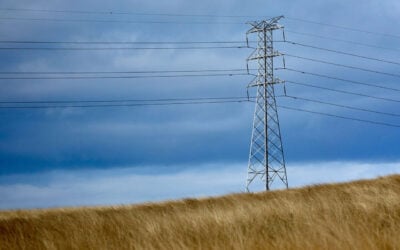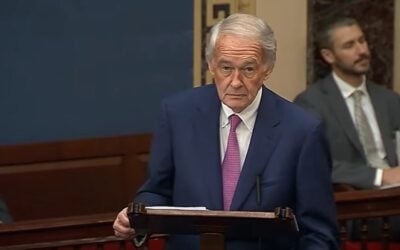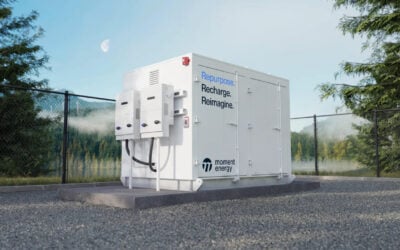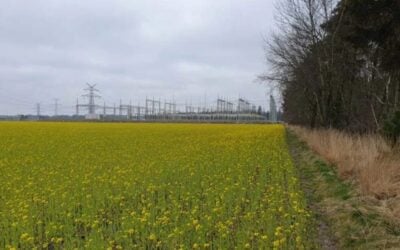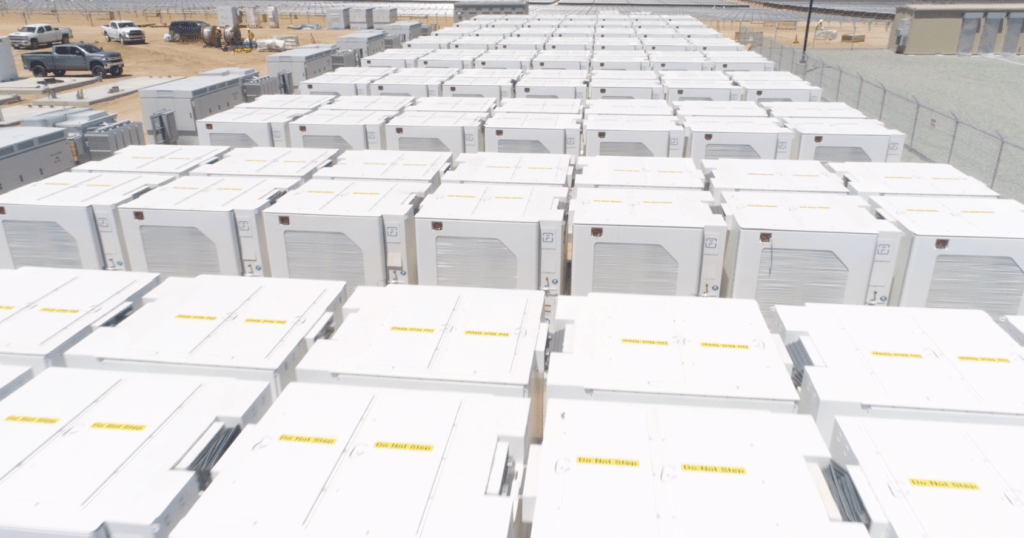
The Inflation Reduction Act should accelerate current efforts to move battery cell production nearer to the US, the senior director of manufacturing for Fluence told Energy-Storage.news.
The Act, signed by US President Joe Biden on 16 August, means the introduction of tax incentives for siting production within the energy storage value chain in the US as well as an investment tax credit (ITC) for standalone storage projects, reducing the capital cost of equipment by 30% or more. The latter is considered the most significant part of the Inflation Reduction Act (IRA) for the energy storage sector.
Enjoy 12 months of exclusive analysis
- Regular insight and analysis of the industry’s biggest developments
- In-depth interviews with the industry’s leading figures
- Annual digital subscription to the PV Tech Power journal
- Discounts on Solar Media’s portfolio of events, in-person and virtual
Fluence’s Peter Silveira told Energy-Storage.news: “This common sense measure recognises that whether energy storage is co-located or deployed at a separate location, the power system benefits either way in the form of reliability, efficiency and reducing emissions. It will help incentivise accelerate storage deployment.
“Diversification has always been part of our strategy, and the IRA provisions will also strengthen that strategy by providing more options for Fluence by increasing the number of parties interested in manufacturing in the US. So I think it’s a win-win for not only the customer but for us as well and even our competitors in the space.”
Asked to elaborate on the upstream and supply-side implications of the IRA, Silveria said that he expects an acceleration of major suppliers’ efforts to move battery cell production closer to the US market. He added that Fluence is keen to secure its share of that new production capacity when it comes online and gave an idea of when he expects it to happen.
“We have strategic meetings with our battery suppliers, so we get an overview of their roadmap of when and how they’re transitioning so that when it goes live, we’re able to secure supply from those regional areas to better serve our customer needs and, more importantly, improve our total cost of ownership,” he said.
“Some of our key strategic partners today have a roadmap of the latter part of 2024 to start that transition and go live, with an expectation of being in a sustaining production by 2025.”
Although unlikely to be one of its major suppliers, Turkish company Kontrolmatic announced today it was increasing the output of its planned US lithium-ion battery cell gigafactory by 50% to 3GWh a year, in light of the IRA.
Fluence recently onshored its own production into the US region, opening a contract manufacturing facility in Utah. Energy-Storage.news will publish an more in-depth interview piece with Silveira next week about this and the group’s wider thinking around moving its supply chain closer to core markets.

